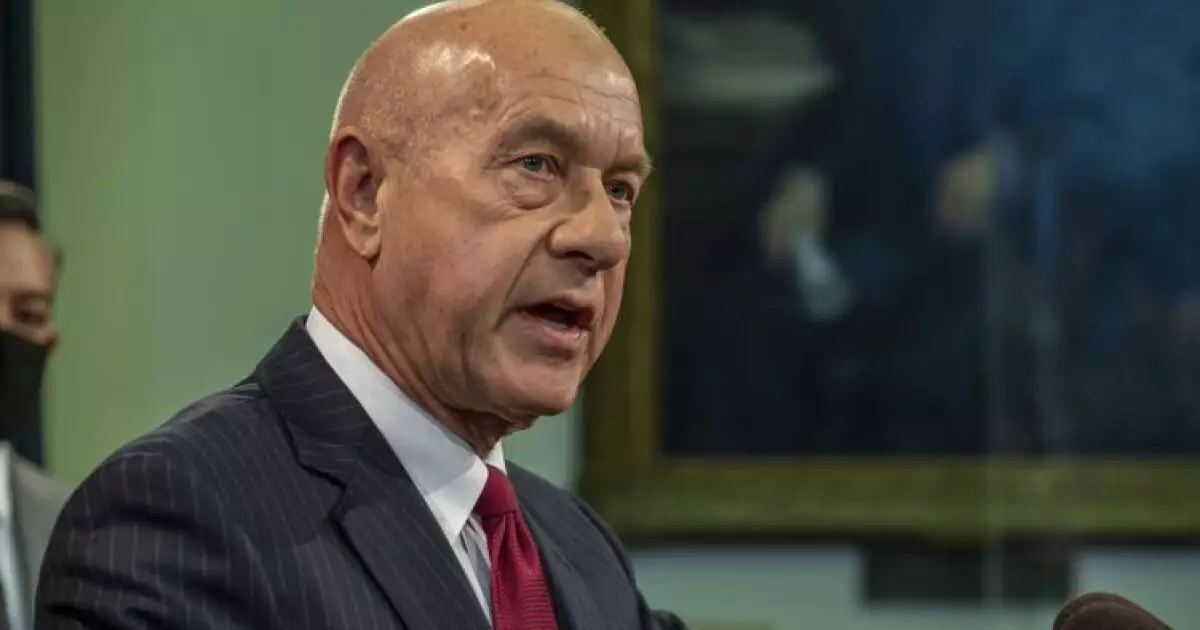The $100 Million Dilemma: Houston’s Infrastructure Crisis and Its Political Undertones

As Houston grapples with its perennial infrastructure woes, Mayor John Whitmire’s recent announcement carries the weight of more than just financial logistics. The decision to allocate a minimum of $100 million annually toward drainage and road repairs reflects a city at a crossroads, teetering on the edge of fiscal disaster. With projections suggesting a staggering structural budget deficit of $320 million, this legal settlement isn’t merely remedial; it’s a calculated leap into a fray of competing interests that underscore the very heart of local governance.
Whitmire’s approach signals a growing recognition that the city’s infrastructure, long neglected, must finally take priority. It’s commendable that city officials are willing to confront the challenges posed by aging systems. However, reactive rather than proactive governance reveals a shortcoming that could undermine the very progress they strive to achieve. The agreement on property tax allocations presents an opportunity, but it also screams of desperation, an acknowledgment that years of deferred maintenance can no longer be overlooked.
Political Ramifications of Infrastructure Funding
The implications of the lawsuit’s verdict extend far beyond the cold statistics of budget sheets. Local politicians, like Mayor Pro Tem Martha Castex-Tatum, express enthusiasm over the funding resolution, yet the skies are far from clear. Will these allocations translate into tangible improvements? Or are they simply a stopgap measure to pacify an increasingly frustrated populace? For too long, the narrative in Houston has been one of reactive measures overshadowing real, substantive progress.
Establishment of a clear financial pathway does not erase the foundational issues: Houston’s infrastructure is crumbling, and mere talk of better funding suffices only for a moment. The incremental increases in property tax revenue dedicated to infrastructure renewal — progressing from 57% to 100% by fiscal 2028 — suggest a poorly charted course. These adjustments appear more like political maneuvering than genuine fiscal planning. The specter of future shortfalls looms, just as City Controller Chris Hollins warns of dwindling budget reserves.
Looking Beyond the Immediate Fix
The recently unveiled Ernst & Young study should serve as a wake-up call to the Whitmire administration. Efficiency reports often serve as noble suggestions rather than decisive action plans, but they also expose vulnerabilities the city cannot afford to ignore. While some see the infusion of funds as a cause for cautious optimism, others see it as an opportunistic patch for well-established issues.
Furthermore, the emergence of legislation aimed at providing financial relief through toll road revenues reflects a political desperation to bridge widening fiscal divides. It illustrates an administration scrambling for immediate solutions rather than engaging in the long-term strategic planning necessary to build a resilient infrastructure.
In this fraught landscape, political expedience risks overshadowing the fundamental tasks at hand. This concerted effort to funnel resources into an ailing system must evolve from ambition to action. Without a painstaking reevaluation of priorities, assets, and liabilities, Houston stands to repeat history — attempting to solve systemic failures through stopgap funding, rather than addressing the root of these issues once and for all.





